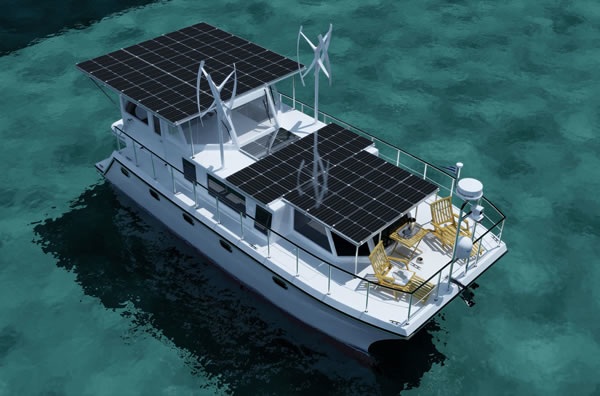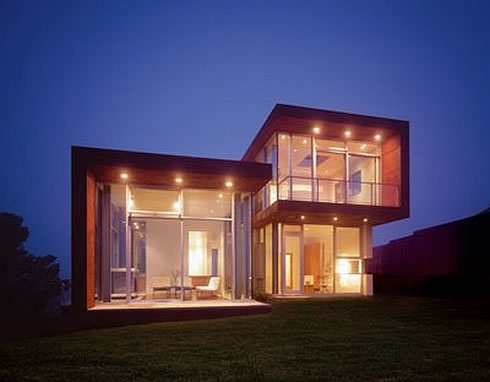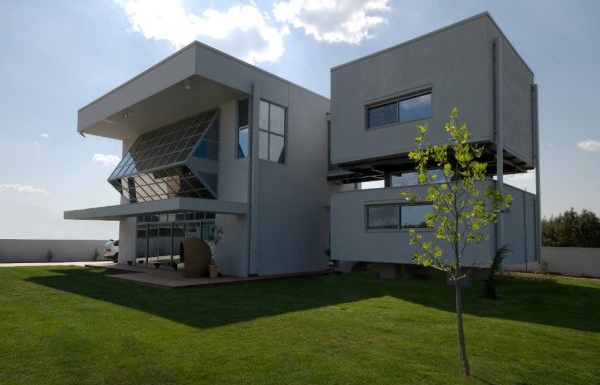Fortunata is powered by a
mixture of Solar, Wind and Wave Generation. Only the hospital has backup diesel
generators.
Wave generated energy is the
primary method used throughout the island group. In fact this system is actually
Deep Current generation, as the generators are located near the sea floor. These
sails are simply tossed by the currents
each movement generating electricity which is then passed to the grid. The power infrastructure is
the most advanced in the world.
All Advertising signs must
create their own power, and add to the grid. Many are simple fans that turn in
the wind, creating power and using none.
All government funded gymnasiums have
exercise bicycles and treadmills that are connected to the grid. Similarly,
playground equipment from swings to see-saws are connected.

Every time someone uses energy, it is collected by the community. Personal
proximity cards tally the amount of power that individuals have put back to the
grid and contests are held to encourage people to exercise for their community.
Large wind farms have
not been
deployed, as there appears no reason for it - at least at this stage.
Private homes all use free
government supplied solar roofing panels and other solar related equipment to create power for the grid and of
course for the home.
Large buildings have solar
collectors on their windows. Even the electric cars have a solar panel to lessen
the impact on the grid.

Bus shelters are made from
solar panels, initially a single panel to create a light at night, then further
panels to power the LCD screens that show timetables and routes, but now they
are just complete solar collectors and screens.
Even the tiny roadways have
solar powered lights and use solar activated paint for their white lines. The
car-parks outside the public buildings have solar cells woven into their sail
fabric roofing material they collect both solar and wind power.
Air conditioning is installed
everywhere and ceiling fans are also installed in bedrooms and living rooms,
although many of those are powered or augmented by wind a simple fan above the
roof drives a fan below the roof, using the warm outside breeze, to circulate
and cool the
inside.
The majority of homes have at
least one water wall. This is a simple grid of cells containing rainwater that
has been collected from the roof. The water wall acts as thermal insulation for
the home and of course creates a natural sound barrier. The water wall is
usually to the North or West, to provide the best insulation, and is often
attached to the solar-direct water heater, feeding pre-warmed water to be
boosted by the hot water system.

All homes have a Cyclone
Bathroom built in this allows for a safe zone in case of emergency from flood,
fire, cyclone etc... Because the Cyclone Bathroom is directly connected to the
roof, it also allows simple and safe access to clean or service the solar
panels.
Homes have a variety of water
storage systems, although fresh town water is available at every tap. Keeping
water is considered to be a mark of environmental awareness, and stems from
their ancient water rituals, now turned to modern environmentalism; although it
would be hard to believe that the amount of water that can be stored at
Fortunata will really assist global warming.

|
|